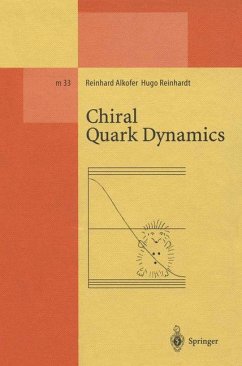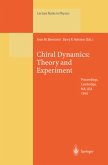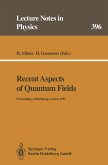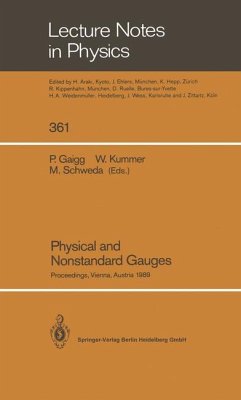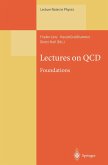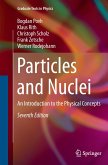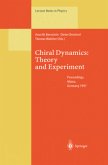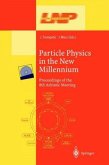These Lecture Notes are based partly on a lecture given by one of us (H. R. ) at Tiibingen University in Spring 1991 and partly on a lecture given at the f Egyptian-German Spring School "Particle and Nuclear Phyic I' in Cairo in April 1992. They are addressed to graduate students and young esearch workers in theoretical physics. Some knowledge ofquantum field theory, especially on func tional integral techniques, are required. These Notes are intended to give a ped agogical introduction into the description of hadrons, Le. , mesons and baryons, within a quark model based on a chirally invariant quantum field theory. A more detailed description of of the subject in Chap. 4, the chiral soliton of the Nambu-Jona-Lasinio model, is given in a recent review [AHW95]. In these Notes we have used results from recent research papers. It is a pleasureto thank our coauthors for their fruitful collaboration. We are especially indebted to Dr. Herbert Weigel who carried the main load in the investigations concerning the NJL soliton. We thank also Albrecht Buck and Udo Ziickert for their valuable contributions. Furthermore we also acknowledge discussions with Kurt Langfeld, Lorenz von Smekal, Christian Weiss, Roman Friedrich, Axel Bender, Gerhard Hellstern, and Jiirgen Schlienz. Tiibingen, January 1995 R. Alkofer H. Reinhardt Contents 1 Introduction 1 2 Reduction of Low-Energy QCD to QFD 5 2. 1 Effective Low-Energy Quark Interaction 5 2. 2 Invariance Properties of QCD and QFD 10 2. 3 Fierz-Transformation ofthe Effective Quark Interaction .

